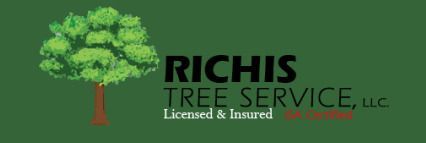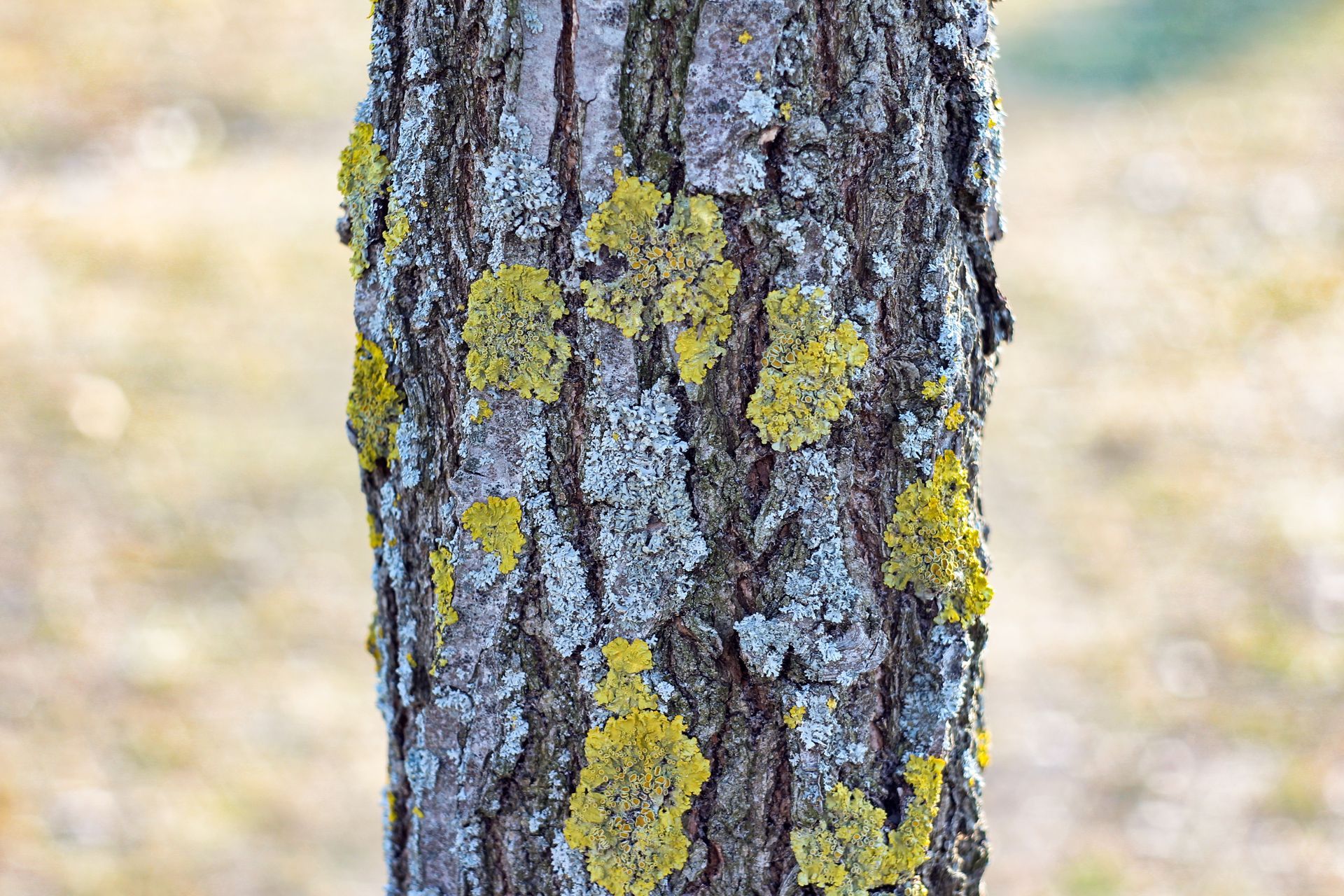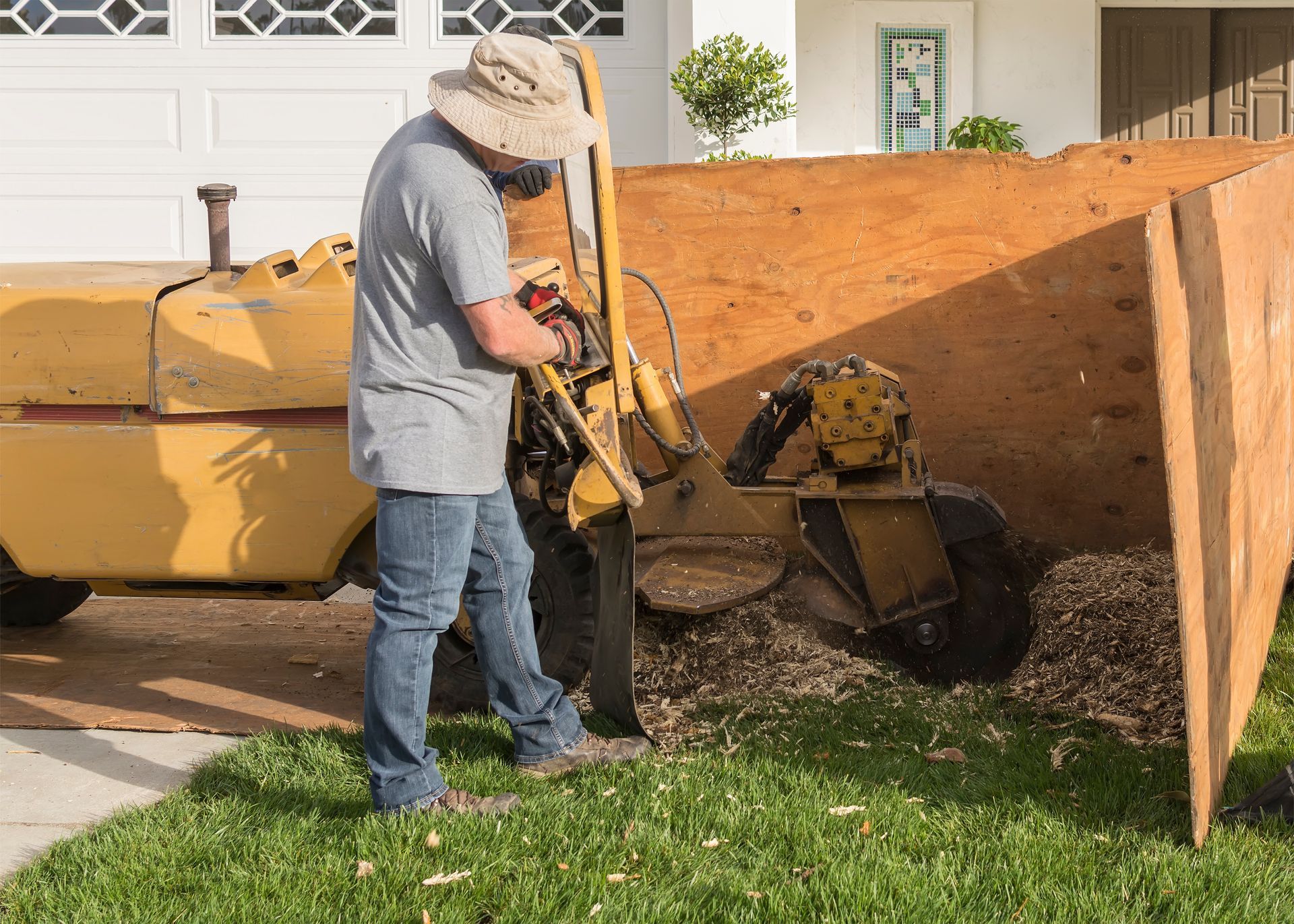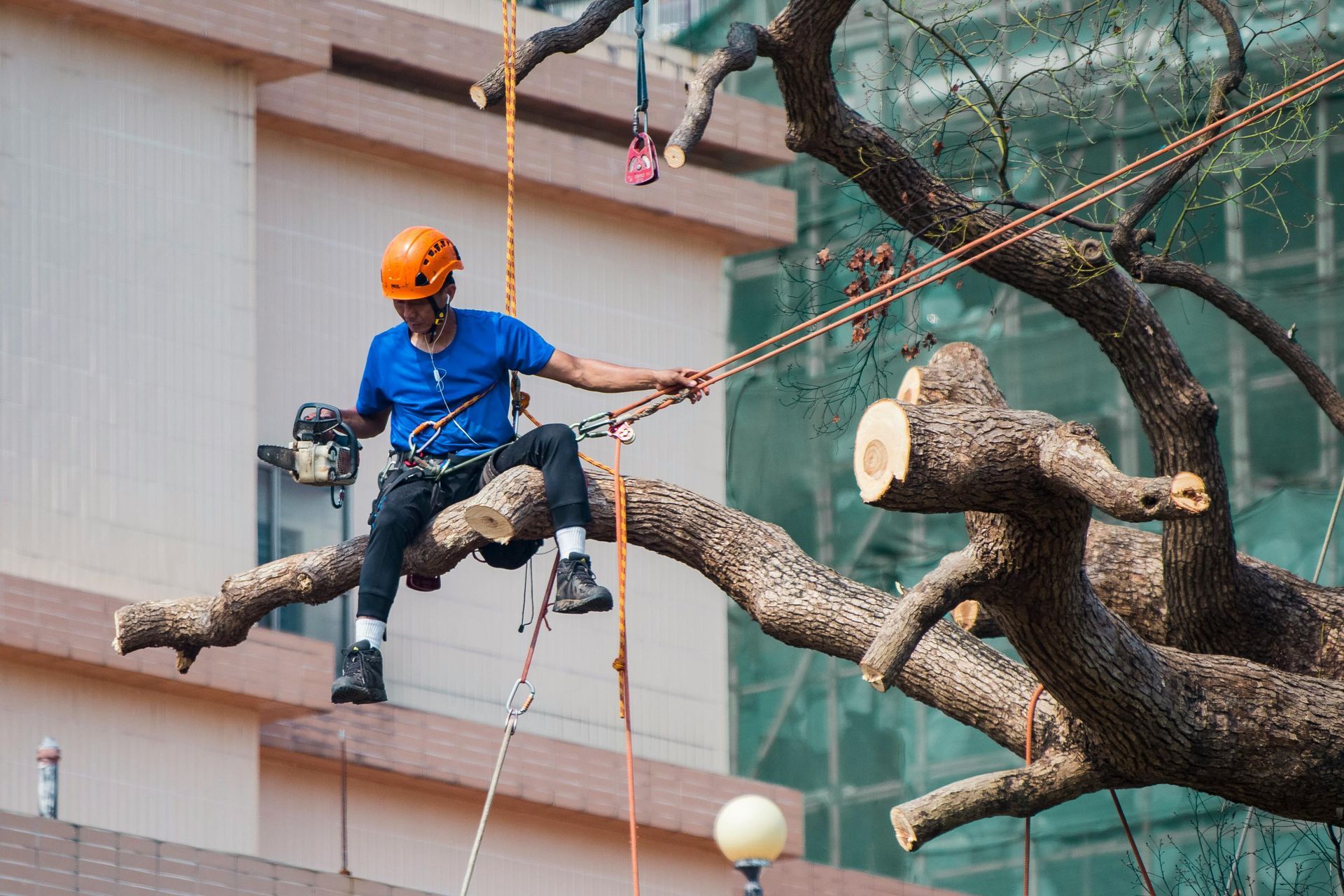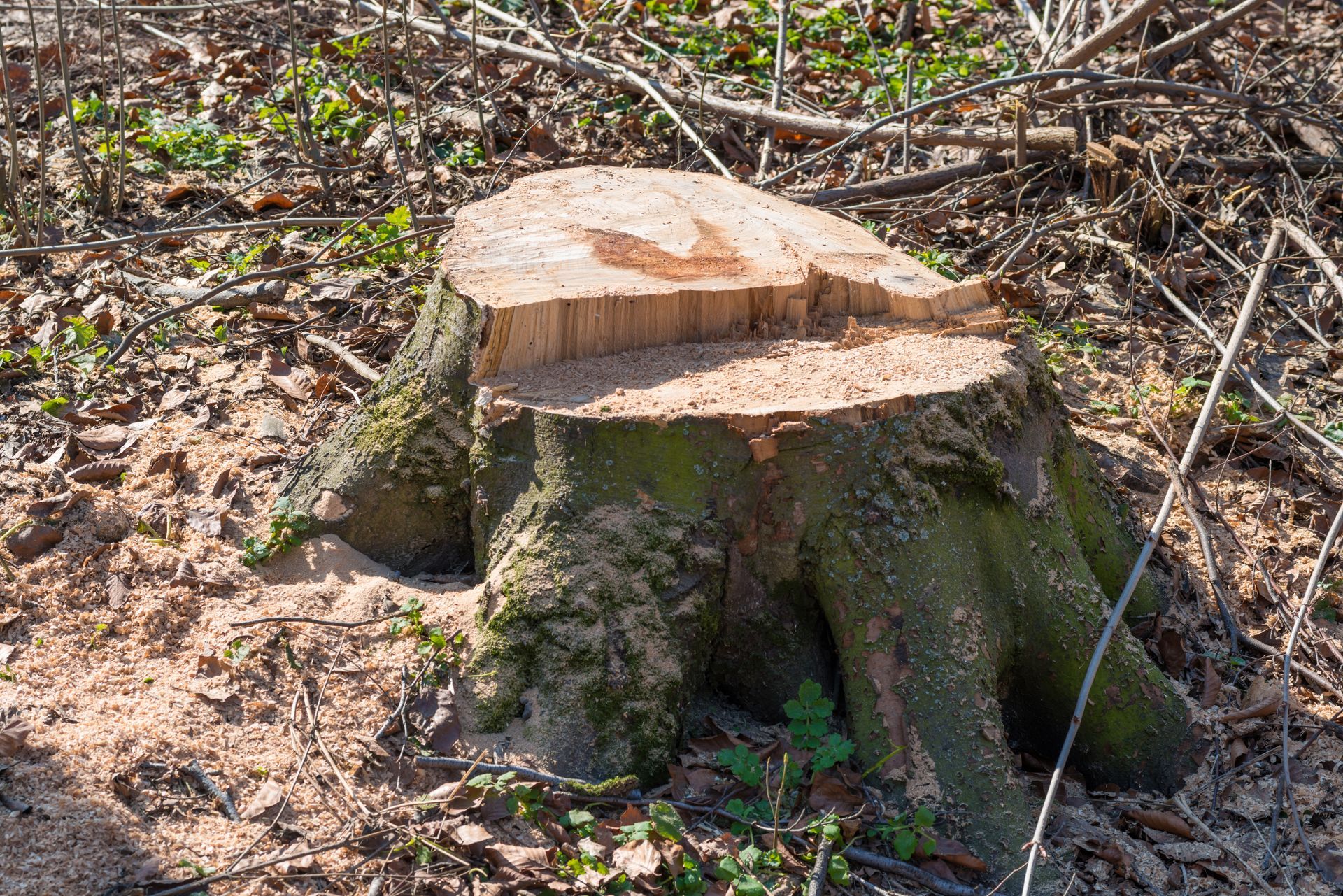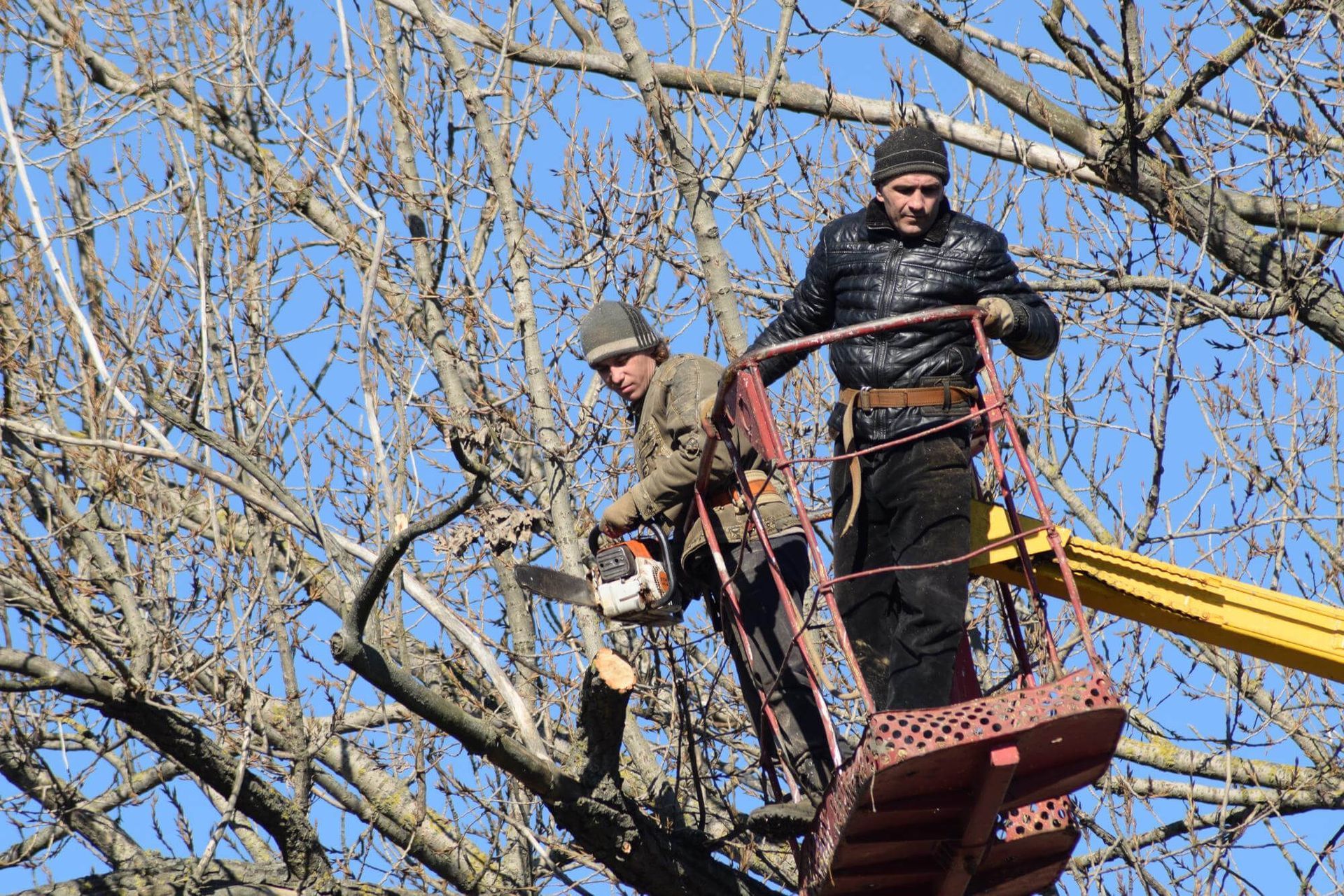Richis Tree Service, LLC
Understanding Tree Health: Common Diseases and How to Combat Them
Trees are an essential part of our environment, providing us with oxygen, shade, beauty, and habitat for wildlife. However, trees are also vulnerable to various diseases that can affect their health and appearance. In this article, we'll explore prevalent tree ailments, methods for recognizing them, and strategies for their treatment. We will also share some tips on how to prevent tree diseases and maintain your trees in good condition.
City skyline
Anthracnose
Anthracnose is a fungal disease that causes leaf spots, blights, and cankers on many types of trees, such as ash, oak, maple, sycamore, and dogwood. The symptoms of anthracnose vary depending on the tree species and the weather conditions, but they usually appear in spring or early summer. The infected leaves may have brown, tan, or black spots, or they may curl, wilt, or drop prematurely. The infected twigs and branches may develop sunken, dark lesions, or cankers, that can girdle and kill them.
The best way to combat anthracnose is to prune and dispose of the infected parts of the tree, and to avoid overhead watering that can spread the spores. You can also apply a fungicide spray to protect the new growth from infection. To prevent anthracnose, you should plant resistant varieties of trees, and keep them healthy and well-spaced to allow good air circulation.
Fire Blight
Fire blight is a bacterial disease that affects members of the rose family, such as apple, pear, crabapple, hawthorn, and mountain ash. The disease is named after the scorched appearance of the infected parts of the tree, which look as if they have been burned by fire. The symptoms of fire blight include wilting, browning, and blackening of the leaves, flowers, and fruits, and cracking, oozing, and dying of the twigs and branches. The disease can spread rapidly and kill the entire tree if left untreated.
The best way to combat fire blight is to prune and dispose of the infected parts of the tree, cutting at least 12 inches below the visible signs of infection. You should also sterilize your pruning tools between cuts to avoid spreading the bacteria. You can also apply a bactericide spray to protect the new growth from infection. To prevent fire blight, you should avoid planting susceptible varieties of trees, and avoid excessive fertilization and pruning that can stimulate tender growth.
Dutch Elm Disease
Dutch elm disease is a fungal disease that is transmitted by elm bark beetles, which bore into the bark and create tunnels where the fungus can grow and spread. The disease affects all species of elm trees, but some are more resistant than others. The symptoms of Dutch elm disease include yellowing, wilting, and browning of the leaves, and dieback of the branches and crown. The disease can also cause streaks of brown or black discoloration in the sapwood under the bark. The disease can kill a mature elm tree in one or two seasons.
The best way to combat Dutch elm disease is to remove and destroy the infected trees as soon as possible, and to prevent the beetles from infesting healthy trees. You can also inject fungicide into the trunk of the tree to protect it from infection. To prevent Dutch elm disease, you should plant resistant varieties of elm trees, and avoid wounding the bark or roots of the trees.
Oak Wilt
Oak wilt is a fungal disease that affects all species of oak trees, but some are more susceptible than others. The disease is spread by sap-feeding beetles that carry the fungus from infected to healthy trees, or by root grafts between adjacent trees. The symptoms of oak wilt include browning, wilting, and dropping of the leaves, starting from the outer edges and moving inward. The disease can also cause cracks and fungal mats under the bark. The disease can kill a red oak tree in a few weeks, or a white oak tree in a few years.
The best way to combat oak wilt is to remove and destroy the infected trees as soon as possible, and to sever the root connections between adjacent trees. You can also apply a fungicide injection to protect the healthy trees from infection. To prevent oak wilt, you should avoid pruning or injuring the trees during the growing season, when the beetles are active, and seal any wounds with wound dressing.
Powdery Mildew
Powdery mildew is a fungal disease that affects many types of trees, such as maple, birch, dogwood, magnolia, and crabapple. The disease is characterized by a white, powdery coating on the leaves, stems, and flowers of the tree. The infected leaves may become distorted, discolored, or drop prematurely. The disease usually does not kill the tree, but it can reduce its vigor and aesthetic value.
The best way to combat powdery mildew is to prune and dispose of the infected parts of the tree, and to improve the air circulation and sunlight exposure of the tree. You can also apply a fungicide spray to control the disease. To prevent powdery mildew, you should plant resistant varieties of trees, and avoid overcrowding and overwatering the trees.
Contact Richis Tree Service, LLC for Your Tree Needs
Tree diseases are a common and serious threat to the health and beauty of your trees. However, with proper identification, treatment, and prevention, you can protect your trees from these diseases and enjoy their benefits for years to come. If you need professional help with diagnosing, treating, or preventing tree diseases, you can contact
Richis Tree Service, LLC, a company of certified arborists located in Centennial, CO. Our phone number is
303-901-3489. We offer a range of tree services, such as
tree trimming,
tree removal,
stump grinding, and
fertilization, to keep your trees healthy and attractive. We also offer free estimates and consultations, so don't hesitate to call us today!
FAQs
-
What are the signs indicating that my tree is afflicted with a disease?
Some common signs of tree diseases are abnormal leaf color, shape, or size, premature leaf drop, branch dieback, cracks or wounds in the bark, fungal growths or spores, and insect infestations. However, some diseases may not show any visible symptoms until it is too late. Therefore, it is advisable to inspect your trees regularly and consult a certified arborist if you notice any changes or problems.
-
How often should I prune my trees?
The frequency and timing of pruning depend on the type, age, and condition of your trees, as well as your objectives and preferences. Generally, most trees benefit from pruning every 3 to 5 years, to remove dead, diseased, or damaged branches, and to improve the shape, structure, and appearance of the tree. However, some trees may need more or less frequent pruning, depending on their growth rate and health. You should also avoid pruning your trees during the peak periods of insect or disease activity, as this can increase the risk of infection or infestation.
-
How can I prevent my trees from getting diseases?
The best way to prevent your trees from getting diseases is to keep them healthy and stress-free. This means providing them with adequate water, nutrients, sunlight, and space, and avoiding any injuries or damage to the roots, trunk, or branches. You should also monitor your trees for any signs of pests or diseases, and treat them promptly and appropriately. Additionally, you should plant disease-resistant varieties of trees, and choose the right trees for the right site and climate.
-
What are the benefits of tree fertilization?
Tree fertilization is the process of applying nutrients to the soil or directly to the tree, to enhance its growth and health. Tree fertilization can provide many benefits, such as increasing the resistance to pests and diseases, improving flowering and fruiting, enhancing the color and appearance, and extending the lifespan of the tree. However, tree fertilization should be done carefully and correctly, as over-fertilization or improper application can harm the tree or the environment.
-
How do I choose a good tree service company?
Choosing a good tree service company is important for the safety and quality of your tree projects. You should look for a company that has the following qualifications and characteristics:
- Certified arborists: A certified arborist is a professional who has passed a rigorous exam and has demonstrated knowledge and skills in tree care. A certified arborist can provide you with expert advice and service for your tree needs.
- Licensed and insured: A licensed and insured tree service company has the legal permission and protection to operate in your area. This means that they have met the standards and regulations of the industry and that they can cover any damages or injuries that may occur during the work.
- Experience and reputation: An experienced and reputable tree service company has a proven track record of delivering satisfactory results and customer service. You can check their portfolio, reviews, references, and ratings to see their previous work and feedback.
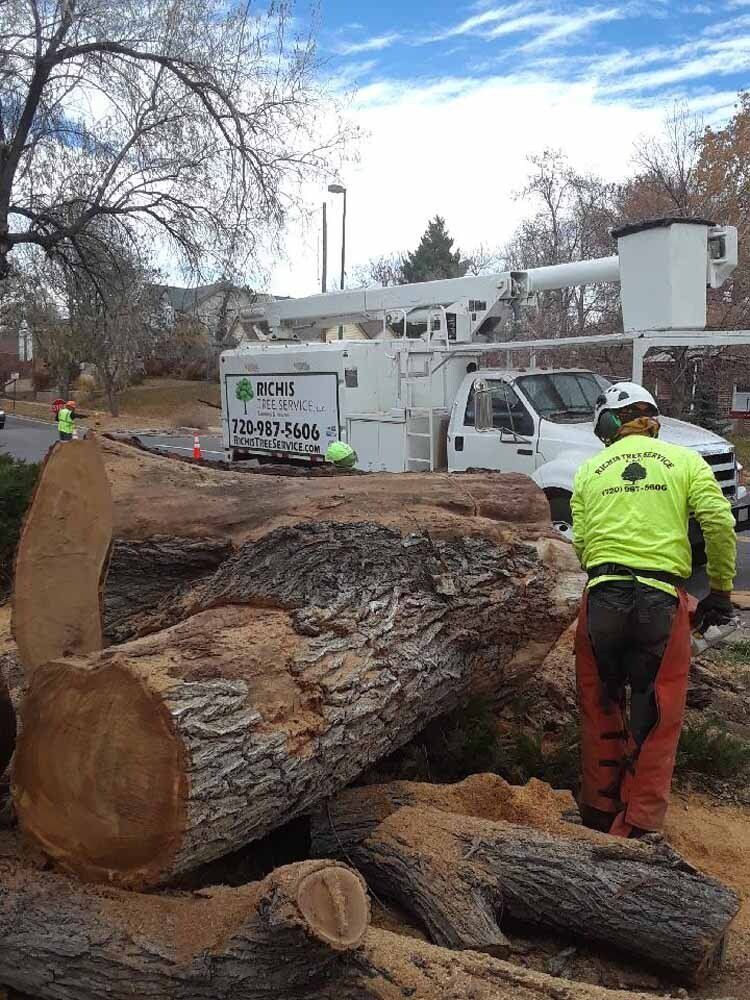
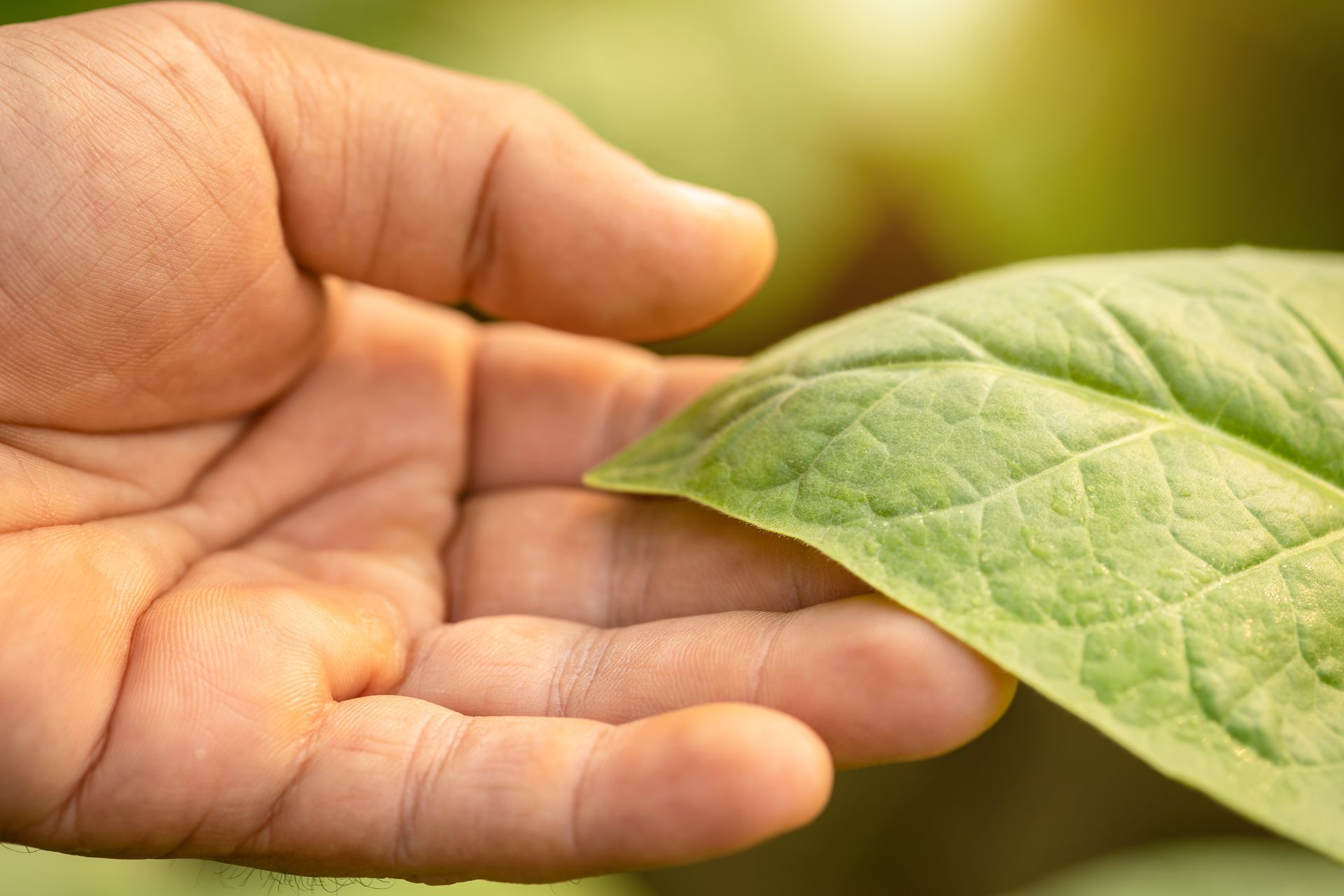


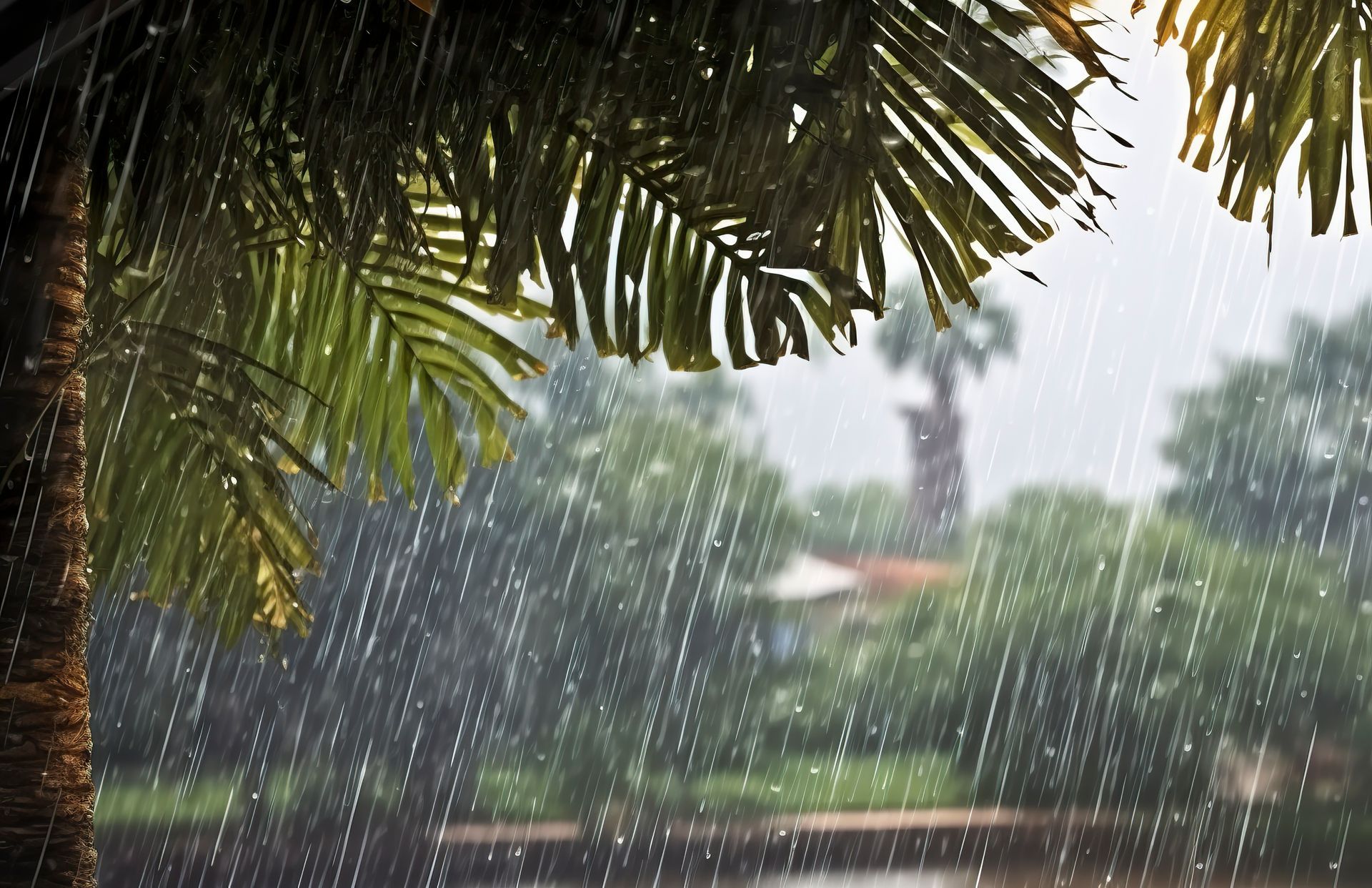

OUR SERVICE AREA
Copyright © 2024 Richis Tree Service, LLC, All Rights Reserved.
